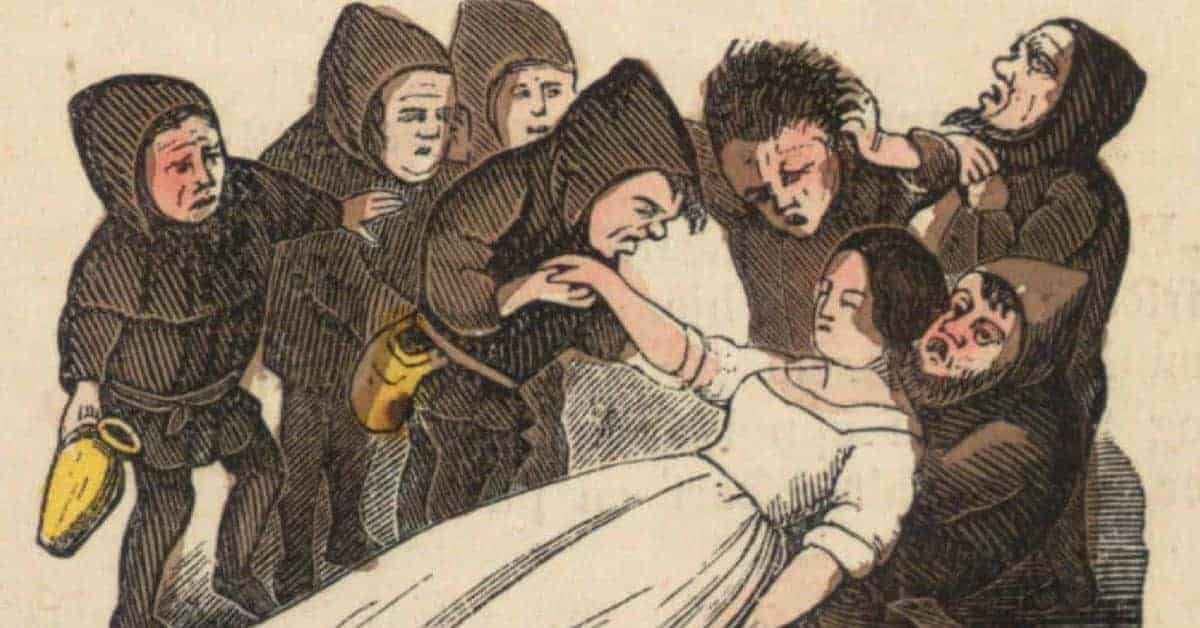Some fairy tales have bridged generations. While some stories might go out of fashion, a select group of classic tales are enduringly popular. They include stories of princes and princesses, of witches and magic both good and evil. And, for the most part, they have positive endings, with the protagonists overcoming challenges and living ‘happily ever after’.
However, ‘once upon a time’, such fairy tales were far darker. Often, they would be used as warnings to children. They would, for instance, warn children about the dangers of going into the forests alone. Or they would show the dangers of trusting strangers or of not obeying your parents. That’s why, fairy tales were often gruesome and gory.
Over time, almost all fairy tales have been toned down. This is especially true for those stories that have been given the big-screen treatment. These days, readers and movie audiences want happy endings, and so classic tales have been changed to deliver this. So, here are just a few of the most popular fairy tales that have been given the Hollywood treatment and moved away from their darker origins:

Sleeping Beauty
Almost all modern-day fairy tales are based on darker stories from centuries past. But arguably no original versions are as bleak as that of Sleeping Beauty. Far from being a sweet romance, the original version of this classic makes for horrific reading and would definitely fall foul of the censors if it were published today.
The modern Sleeping Beauty is based on a tale penned by the Italian storyteller Giambattista Basile. He wrote of a beautiful young lady, lying in a deep sleep in a castle, unable to be woken by conventional means. So far so recognizable. But that’s as familiar as it gets. To begin with, it’s a king rather than a prince who rides by the castle and decides to investigate further. More disturbingly, instead of giving Sleeping Beauty a chaste kiss, the king lifts her up, carries her to a large bed and rapes her. Indeed, it’s only after she’s given birth to twins and then begin feeding on her bosom does Sleeping Beauty awaken from her long slumber.
And the darkness of the original tale doesn’t end. In this version, the king was a married man when he assaulted Sleeping Beauty. His wife, the queen, ends up hearing about his illegitimate twins and wants them not only killed but also tries to devise a way of making her unfaithful husband eat the dead babies. In the end, the evil queen’s plan is foiled and, bizarrely, the royal couple separate, and the king ends up marrying Sleeping Beauty. The pair live happily ever after – despite the fact their union began with his raping his future wife!

